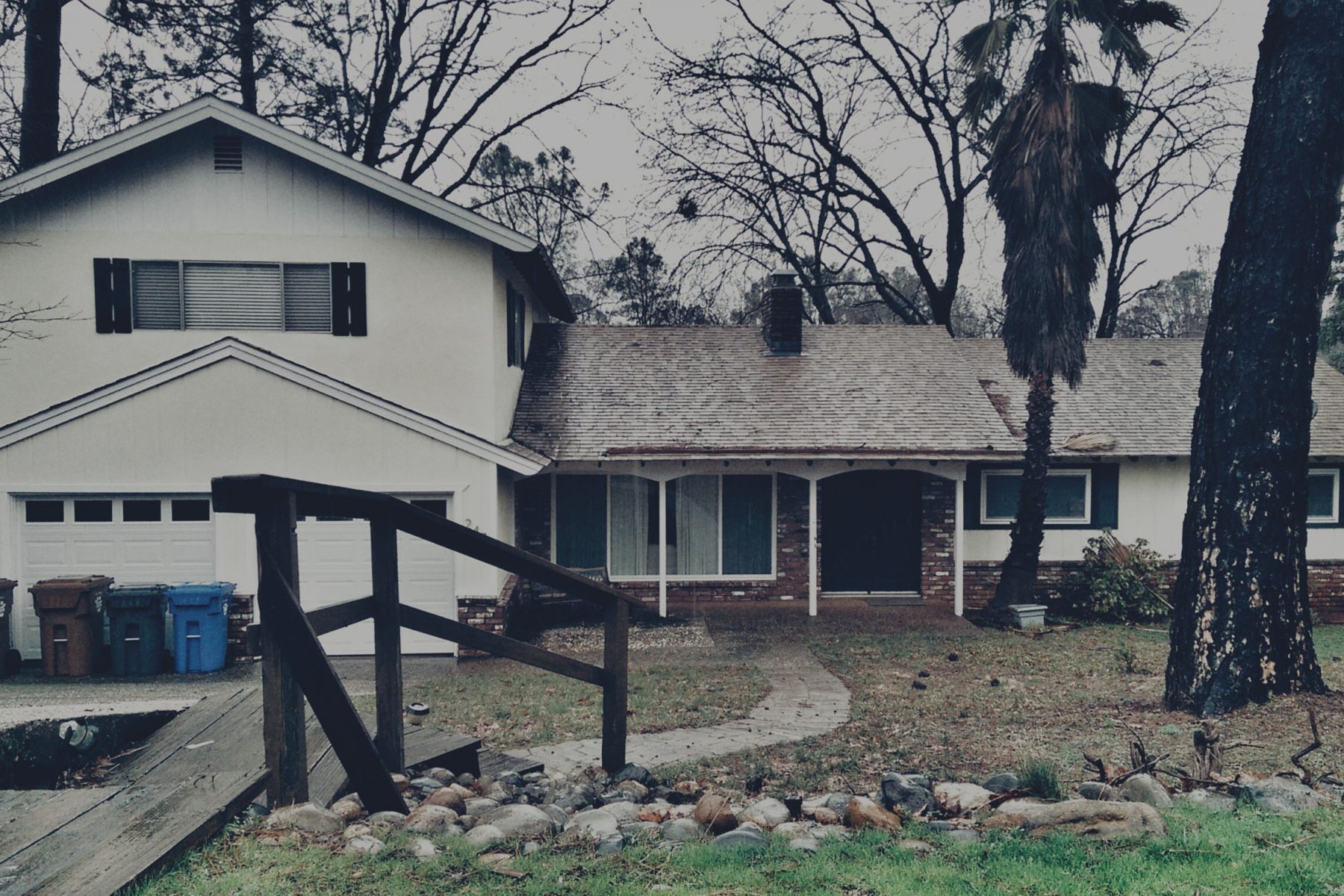Ellis Warner wrote the below notes on capturing images through a telescope, for the PDF version: Telescope Photography PDF
Photography through the telescope
When capturing an image on film, one desires it to be as large as possible, ie., since a 35 mm camera uses film with the dimensions of 24mm by 36 mm it would be the best to produce the moon at c. 20mm, an image with 4mm to spare to fill the narrow (24mm) side of the film. This will give us 2mm on either side to spare. (at times the moon is closer , which makes it larger, so the formula will compensate for this).
Some formula’s I use when using a camera with a telescope:
Afocal system – Telescope with eyepiece
Camera with lens
Size = angular diameter arc sec. of object
Prime focus scale arc sec per mm
F = focal length of Telescope Primary lens
L = focal length of Camera lens
D = Diameter of primary lens (front lens)
Fe = Focal length of eyepiece
EFL = Effective focal length
EFO = Effective f/ number
LD = Linear diameter
F . L = f/ O = object in degrees of arc (moon is .5 degrees)
D . Fe Tan of O . efl = linear dia. At focus (on film)
Tan of .5 degrees = 0.0087
D . F/ = EFL 0.0087 . Efl (linear dia.)
EFL = Plate scale (mm/degree)
57.3 Example:
One of my telescopes: 6 inch f/8 with 28 mm eyepiece and camera lens of 50 mm.
EFO – f/14.3
EFL – 2177 mm
LD – 19 mm (linear dia) at focus, on film very good for image of moon.
You will notice that this set up produces an f/ of 14.3, not to fast of a lens eh! But if I remember right with ASA 400 I shot the full moon at around 1/ 125 sec.
Now this afocal system is rather complicated, but when at prime focus (no eyepiece or camera lens) the telescope just becomes a powerful telephoto lens). The camera is easy to place at the focal plane of a refractor or a catadioptric scope, since you can connect to the rear of the scope with an adapter and calculate the f/num by dividing the focal length of lens or telescope by the dia. of the primary or front lens, I had a 90 mm Maksutove (similar to catadioptric) and shot lots photos, but the plate scale was quite low to get good detail. The catadioptric (Meade, Celestron, etc.) Is just like using the telephoto lens on your camera. With the lens out of your camera and the eyepiece out of your telescope it connects and the f/ num. of the telescope becomes the f/ num. of the camera. If no f/ num is known, use the formula f/ = Fl divided dia of primary (front lens). A tel. With 48 inch focal length and a 6 inch dia primary has an f/ of 8, that is 48 divided 6 in dia. Primary or objective lens.
I have found that shooting around 1600 mm to 2000 gives good detail of the full moon, or sun. The sun must have proper filters though.
A 200mm lens is good to shoot, but too short for serious lunar photography, the 2x will help some, but the focal length is still too short.
Practical tips:
I always blocked the light entering the telescope ( with dark colored cardboard, or ??) Tripped the shutter with a cable release, wait for the mirror to settle down (about 5 sec) then take the cardboard away… If you decide on 1/10 sec it will be away and back rapidly, if it is to be 30 sec. Count it out then bring cardboard back, finally releasing the cable release. Don’t rest the cardboard on the telescope or bump the scope in these strange maneuvers or you will have defeated your purpose.
The telescopes that I shot so many pictures with were Newtonians (mirror types, 6 inch or 8 in.) and most of the photos were by the afocal method. I made an adapter for the camera.
I haven’t shot any telescope pictures for a long time, but I must get back to it since I had such a great time. Shot many eclipses, sun spots, moon photos of each day in the moon’s cycle, etc.
My 8 in. F/5.6 The tube is of Calif. redwood
First Telescope 6 in. F/8
